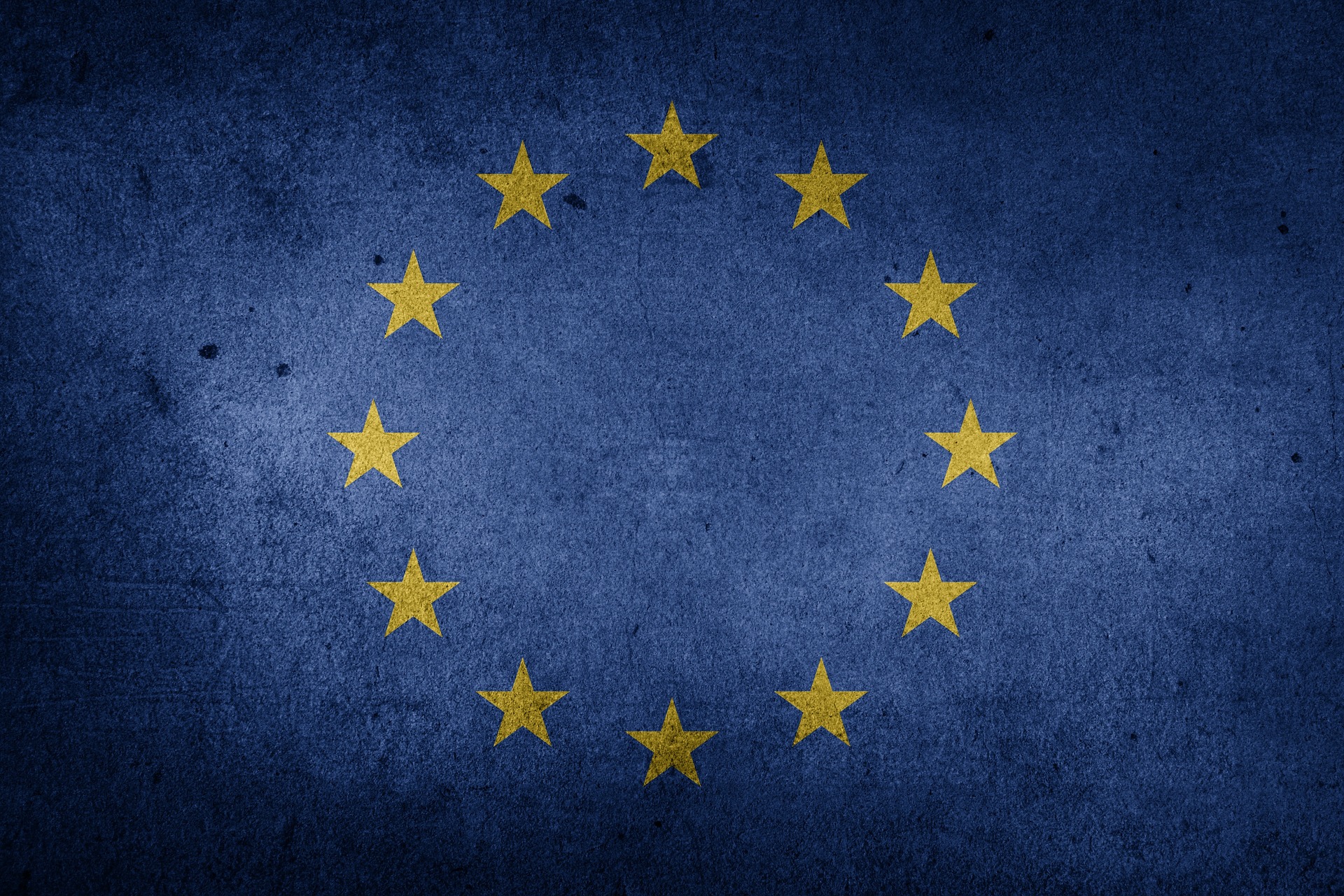The majority of leading EU Banks have “significantly increased” their loss-absorbing and recapitalisation resources, new research by a top EU banking watchdog has suggested.
The Single Resolution Board (SRB), which was established in Brussels in 2015 as part of a broader set of reforms known as the banking union, found that by the end of 2022, two thirds of banks it assessed had met their MREL targets.
SRB said the progress meant the majority of EU banks assessed would be positioned to ensure that severe losses and recapitalisation needs are “borne by shareholders and investors rather than by taxpayers”.
Conceived in light of 2008’s Global Financial Crisis, and pertinent as ever in 2023 following the rapid collapse of Silicon Valley Bank and Credit Suisse, MREL targets, which the SRB sets, force banks in the EU's banking union to meet minimum requirements for own funds and eligible liabilities.
In a crisis, accrued MREL debt is written down as a means of "bailing in" a bank and stopping it from becoming "too big to fail".
By the end of 2023, the regulator said banks are expected to close the main remaining gaps, “notably on liquidity and funding in resolution, separability and restructuring”.
SRB added that it would review whether material shortcomings remain and take remedial action where needed but noted that no signs intervention may be needed had emerged so far.
Latest News
-
Net Zero Banking Alliance to vote on abandoning membership model following mass exodus
-
Revolut launches instant access savings accounts for kids
-
Mastercard to enhance cross-border payments
-
US asset manager Blackstone mulls €4bn expansion of Spanish data centre project
-
HSBC restores banking services after 5-hour outage affects thousands of customers
-
TransUnion suffers data breach impacting over 4.4m people
Data trust in the AI era: Building customer confidence through responsible banking
In the second episode of FStech’s three-part video podcast series sponsored by HCLTech, Sudip Lahiri, Executive Vice President & Head of Financial Services for Europe & UKI at HCLTech examines the critical relationship between data trust, transparency, and responsible AI implementation in financial services.
Banking's GenAI evolution: Beyond the hype, building the future
In the first episode of a three-part video podcast series sponsored by HCLTech, Sudip Lahiri, Executive Vice President & Head of Financial Services for Europe & UKI at HCLTech explores how financial institutions can navigate the transformative potential of Generative AI while building lasting foundations for innovation.
Beyond compliance: Transforming document management into a strategic advantage for financial institutions
In this exclusive fireside chat, John Rockliffe, Pre-Sales Manager at d.velop, discusses the findings of Adapting to a Digital-Native World: Financial Services Document Management Beyond 2025 and explores how FSIs can turn document workflows into a competitive advantage.
Sanctions evasion in an era of conflict: Optimising KYC and monitoring to tackle crime
The ongoing war in Ukraine and resulting sanctions on Russia, and the continuing geopolitical tensions have resulted in an unprecedented increase in parties added to sanctions lists.
© 2019 Perspective Publishing Privacy & Cookies












Recent Stories